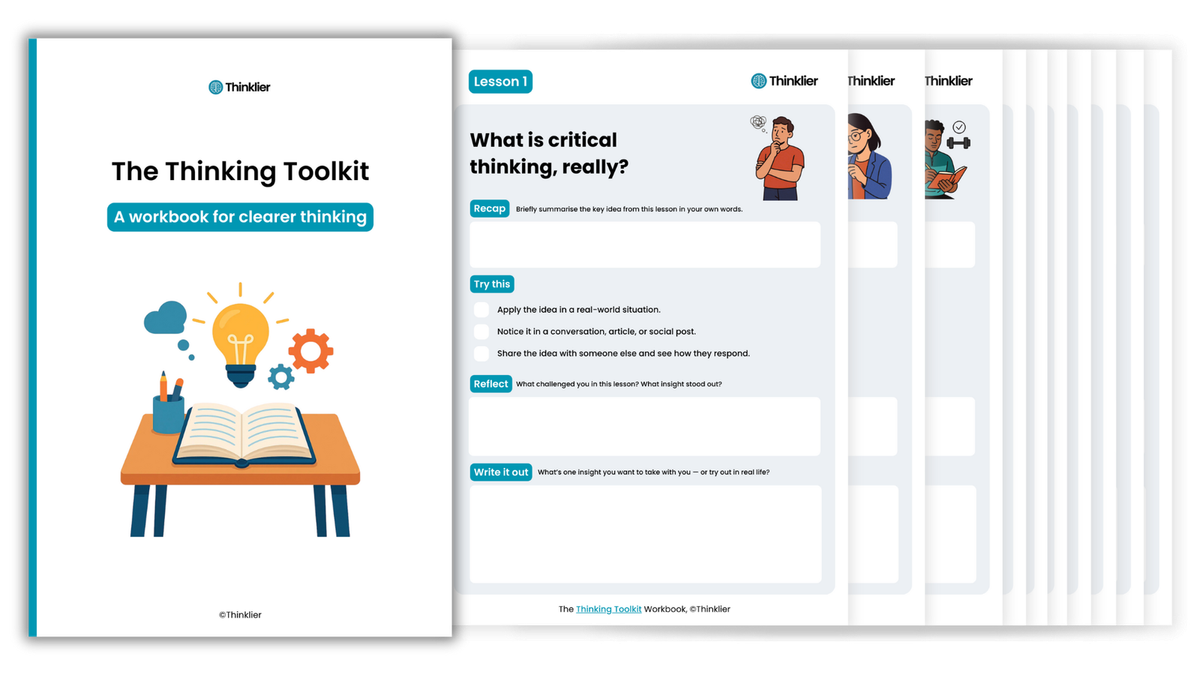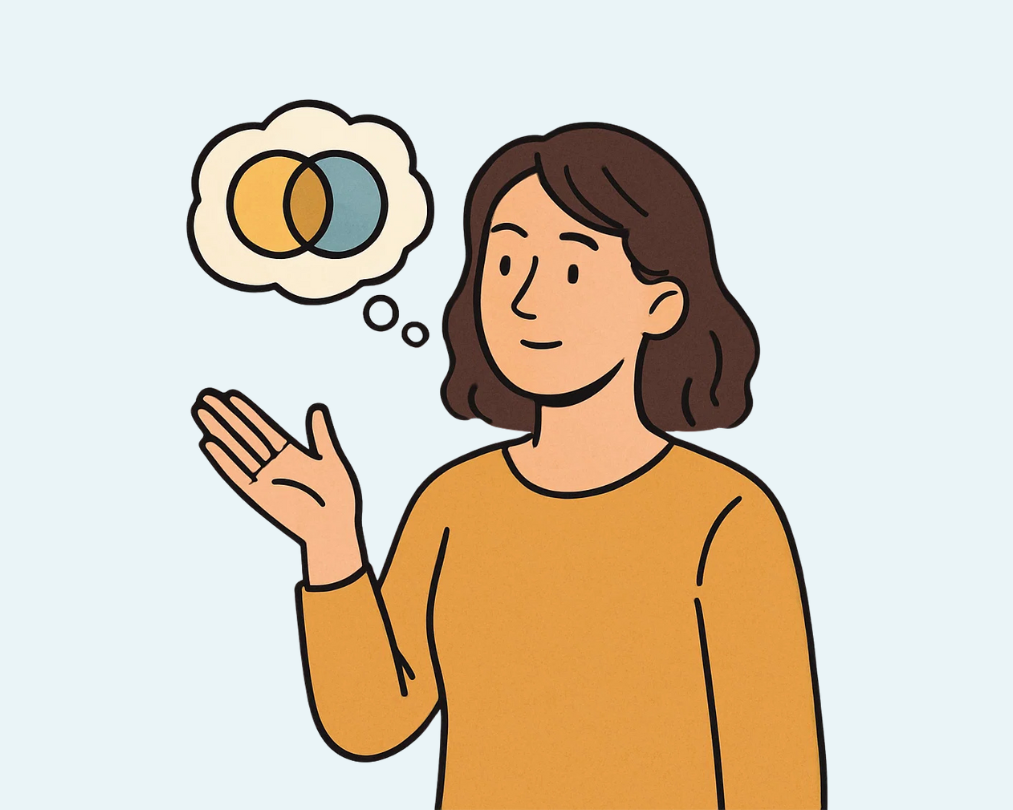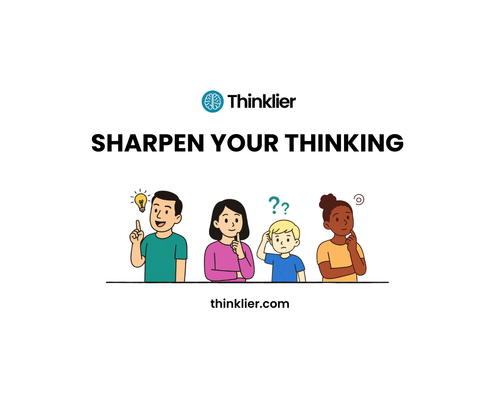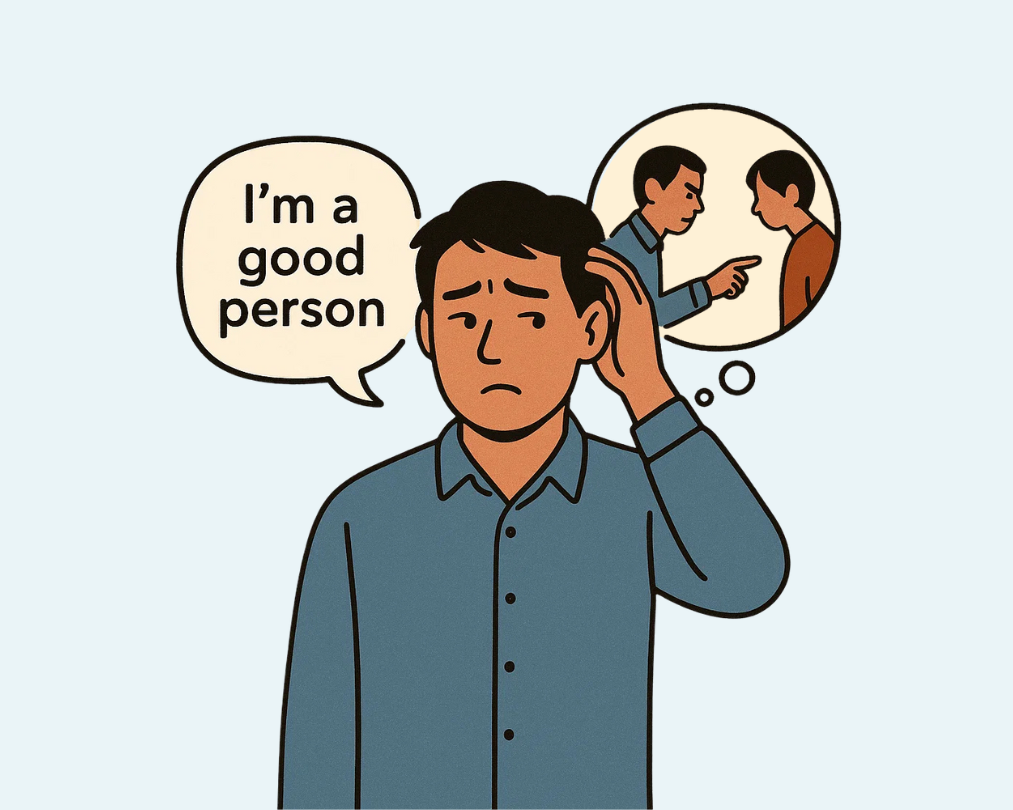Lesson 5: Cognitive dissonance: the tension behind bad thinking
From The Thinking Toolkit
When our beliefs clash with reality, we feel discomfort — and often twist the facts to escape it. This lesson explores how to deal with that tension honestly.
You believe you're a kind, fair person.
But you just snapped at a colleague. Or judged someone harshly. Or ignored a problem you should’ve addressed.
What happens next?
You justify it.
“They deserved it.”
“I was tired.”
“It wasn’t a big deal.”
That uncomfortable tension between your self-image and your behaviour? That’s cognitive dissonance. And the way we respond to it shapes our thinking — more than we realise.
What is cognitive dissonance?
Cognitive dissonance is the mental discomfort we feel when we hold two conflicting ideas, or when our actions contradict our values.
We don’t like that discomfort. So we twist the story to resolve it.
We rationalise. We deny. We reframe.
All so we can feel consistent — even if it means distorting the truth.
Why we do it
Our brains crave coherence. We want to feel like we’re logical, moral, and consistent — even when we’re not.
So when reality threatens that self-image, our mind doesn’t always correct the behaviour.
It often alters the belief instead.
“I didn’t make a mistake — the system was flawed.”
“They were just being oversensitive.”
“I didn’t lie. I just... framed it differently.”
How it warps our thinking
Cognitive dissonance isn’t always conscious, but it’s powerful.
- It makes us double down on bad ideas.
- It stops us from admitting mistakes.
- It lets our ego override our reason.
And because it feels like moral self-defence, it’s incredibly hard to spot — especially in ourselves.
A better way
The antidote isn’t perfection. It’s honesty.
Being willing to feel that tension — and sit with it — is a sign of intellectual strength, not weakness.
When you can say, “I might be wrong,” or “I acted badly, but I want to understand why,” you’re not losing face. You’re growing.
Mini challenge: feel the dissonance
Think of a time you did something that didn’t match your values, but you excused it.
Ask yourself:
- What story did I tell myself to make it okay?
- Was there another way I could’ve responded?
- If a friend had done the same thing, how would I have seen it?
Catching the story is the first step to changing it.
In short
Cognitive dissonance is the discomfort we experience when our actions contradict our beliefs.
To escape the tension, we often bend reality by rationalising, reframing, or denying something.
But if we’re willing to face the discomfort, we can learn to think more honestly — and live with more integrity.
Don’t forget the companion workbook
To get the most out of this lesson, download the workbook — it gives you space to reflect and one simple habit to build.

Next up







